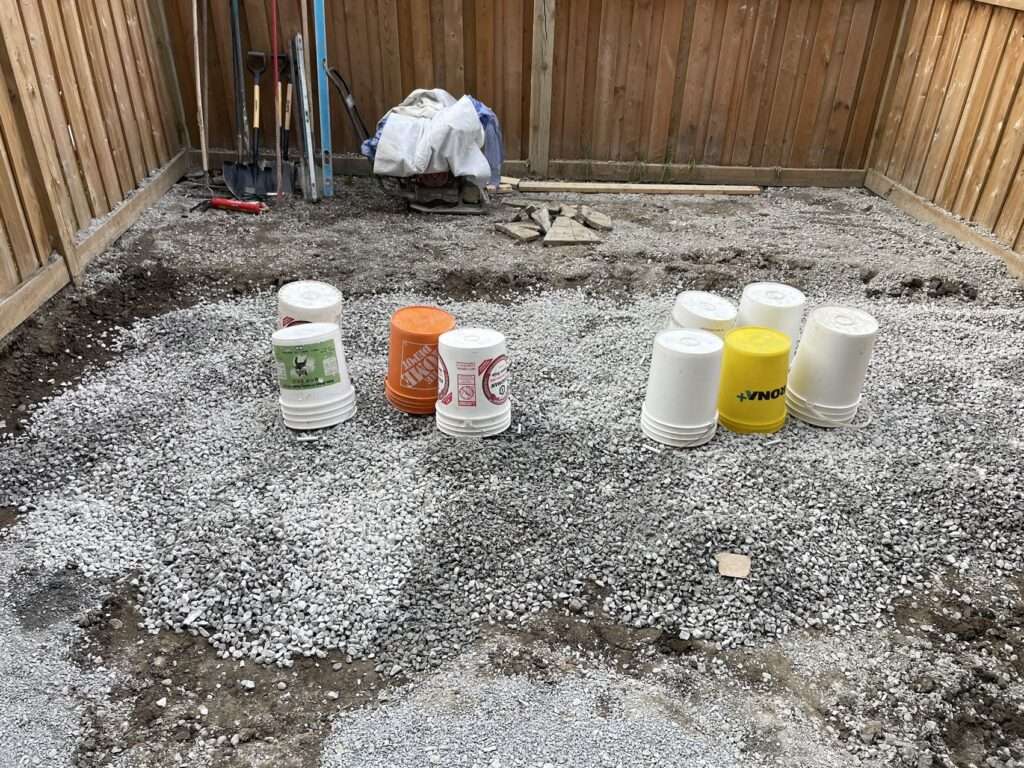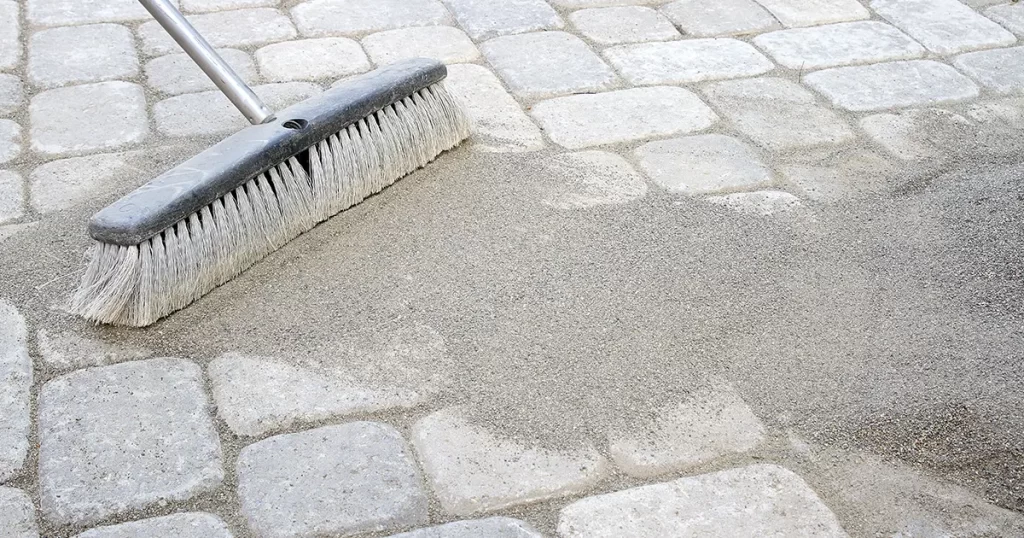Common Interlocking Paver Installation Mistakes
Interlocking pavers can significantly enhance the aesthetic and functional appeal of outdoor spaces. However, achieving a durable and visually pleasing result requires meticulous planning and execution. Below, we outline common mistakes encountered during interlocking paver installations and provide guidance on how to avoid them.

1. Inadequate Site Assessment
Issue: Overlooking the site’s soil conditions, drainage patterns, and load-bearing requirements can lead to premature failure of the paver installation.
Solution: Conduct a thorough site evaluation to understand soil composition, identify potential drainage issues, and determine the appropriate excavation depth. This assessment ensures a stable foundation and longevity of the paver surface.
2. Insufficient Base Preparation
Issue: A poorly prepared base can result in uneven settling, leading to an unstable and unsightly surface.
Solution: Excavate to the recommended depth based on soil conditions and intended use. Use high-quality aggregate materials and compact each layer thoroughly to create a solid foundation that supports the pavers effectively.
3. Neglecting Edge Restraints
Issue: Without proper edge restraints, pavers may shift over time, compromising the integrity of the installation.
Solution: Install durable edge restraints around the perimeter of the paver area. These can be made from plastic, metal, or concrete and should be anchored securely to prevent lateral movement of the pavers.
4. Improper Paver Placement
Issue: Placing pavers too tightly or without consistent spacing can lead to chipping and uneven surfaces.
Solution: Maintain uniform gaps between pavers, typically around 3mm (⅛ inch), to accommodate jointing material and allow for slight movements. Use spacers or guides to ensure consistency throughout the installation.
5. Using Incorrect Jointing Sand
Issue: Utilizing inappropriate or low-quality jointing sand can result in weed growth, erosion, and instability.
Solution: Option for polymeric sand designed for interlocking pavers, which hardens upon activation and resists erosion and weed intrusion. Ensure the sand is properly installed and activated according to manufacturer instructions.
6. Ignoring Drainage Considerations
Issue: Poor drainage can cause water pooling, leading to paver displacement and surface damage.
Solution: Design the paver surface with a slight slope, typically 1/8 inch per foot, to facilitate water runoff. Incorporate appropriate drainage solutions, such as French drains or permeable pavers, to manage water effectively.

7. Lack of Regular Maintenance
Issue: Failing to maintain the paver surface can lead to deterioration, including weed growth, staining, and shifting.
Solution: Implement a regular maintenance routine that includes cleaning, reapplying jointing sand as needed, and inspecting for any signs of movement or damage. Promptly address any issues to prolong the lifespan of the installation.
Conclusion
Avoiding these common mistakes is crucial for a successful interlocking paver installation that stands the test of time. Proper planning, quality materials, and attention to detail during installation and maintenance will ensure a durable and attractive outdoor space.
